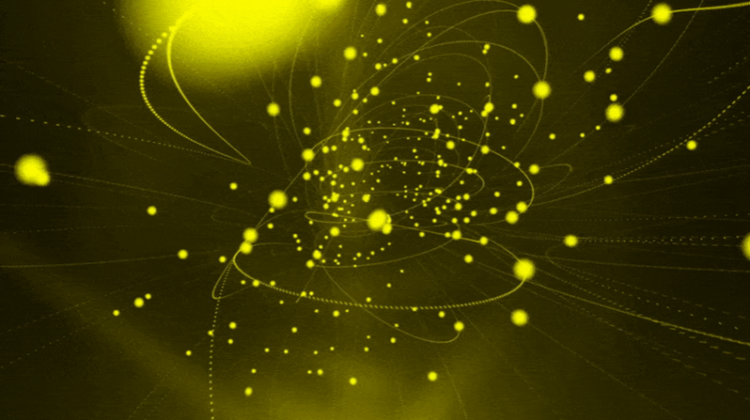
QUANTUM COMPUTING
Physicists from leading universities have now shown what the speed limit is for complex quantum operations
We have seen a significant number of breakthroughs in the Quantum Computing field in the recent past. The most noticeable has been the records in quantum teleportation that scientists have achieved — the most recent one was between two computer chips. The one to report about today is the discovery of a crucial quantum speed limit. Knowing how fast can a quantum process execute could help us in designing a quantum computer or a quantum network of the future.
Physicists at the University of Bonn along with researchers from MIT, the universities of Hamburg, Cologne & Padua, and the Jülich Research Center have determined the minimum time for complex quantum operations to process. The experimental setup basically helped them define the physical limitations of getting quantum information from one point to another, without any data loss.
Scientists took Mandelstam-Tamm bound limit for simpler states as the starting point for their experiment — named after the two Russian Physicists who demonstrated this 60 years ago. That speed limit was only applicable for particles only moving through simpler states at a very short distance. It does, however, outline the basic assumption that the speed of transfer is directly proportional to the energy uncertainty — how ‘free’ particles are to move between energy states.
“Our study reveals the maximum number of operations we can perform in the coherence time. This makes it possible to make optimal use of it.”
~ Andrea Alberti, Principle Investigator
For complicated scenarios across larger distances, as tested in this study, energy uncertainty along with varying states that the particles must pass through to successfully reach their destination without interference, both determine the quantum speed limit. Needless to say, complex systems like this would have a lower speed limit.
To make things easier for a commoner to understand, Scientists provided an analogy of their experiment — involving a skilled waiter rushing around with a tray of drinks. Just visualize the waiter getting all the drinks distributed without spilling any of the liquid. Taking the analogy further, the answer lies in carefully speeding up and slowing down at certain points, tipping the glasses of liquid when needed to avoid spillage.
But for the real experiment, scientists used cesium atoms instead of champagne, and an optical trap created by two laser beams as the ‘drinks tray’. Such a trap is called Optical lattice — formed by the interference (shaped like a bunch of peaks and valleys) of counter-propagating laser beams, creating a spatially periodic polarization pattern.
For the transfer process, the two-dimensional lattice was set into motion after placing the atoms into these valleys, like a conveyor belt. The final aim was to see how fast this arrangement could be sustained without disrupting the atoms. Scientists found that it was much more feasible to calibrate accelerations and decelerations to achieve the optimum overall speed limit, rather than moving at a constant speed.
As it turns out, this is the first time that complex quantum processes have been measured in this way for optimal speed. For the trial, the maximum speed for the quantum transfer came in at 17 millimeters per second across a distance of 0.5 micrometers. This gives us a fair idea of how fast can we expect similar transfers to be in future quantum computers. The study basically outlines the method of how to make most of the short coherence time — how long the particles can stay stable in the quantum state.
Complete Research was published in the Journal of Physical Review X.
